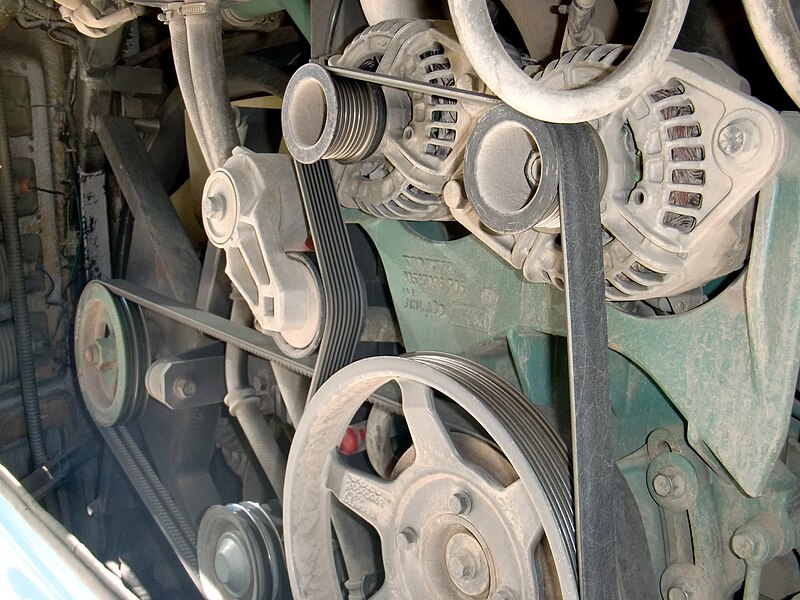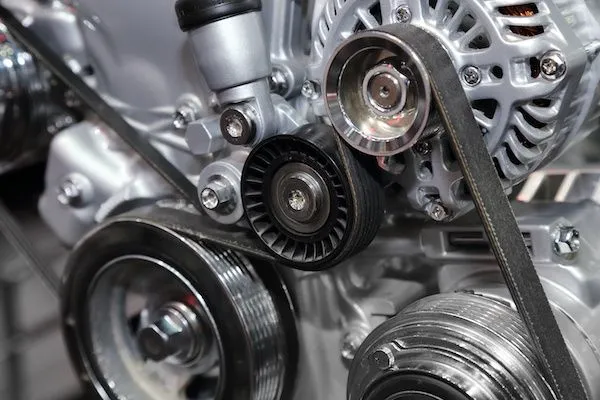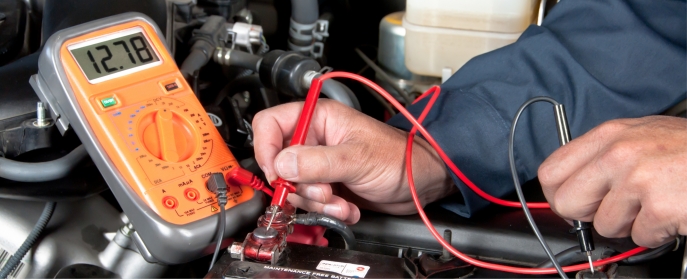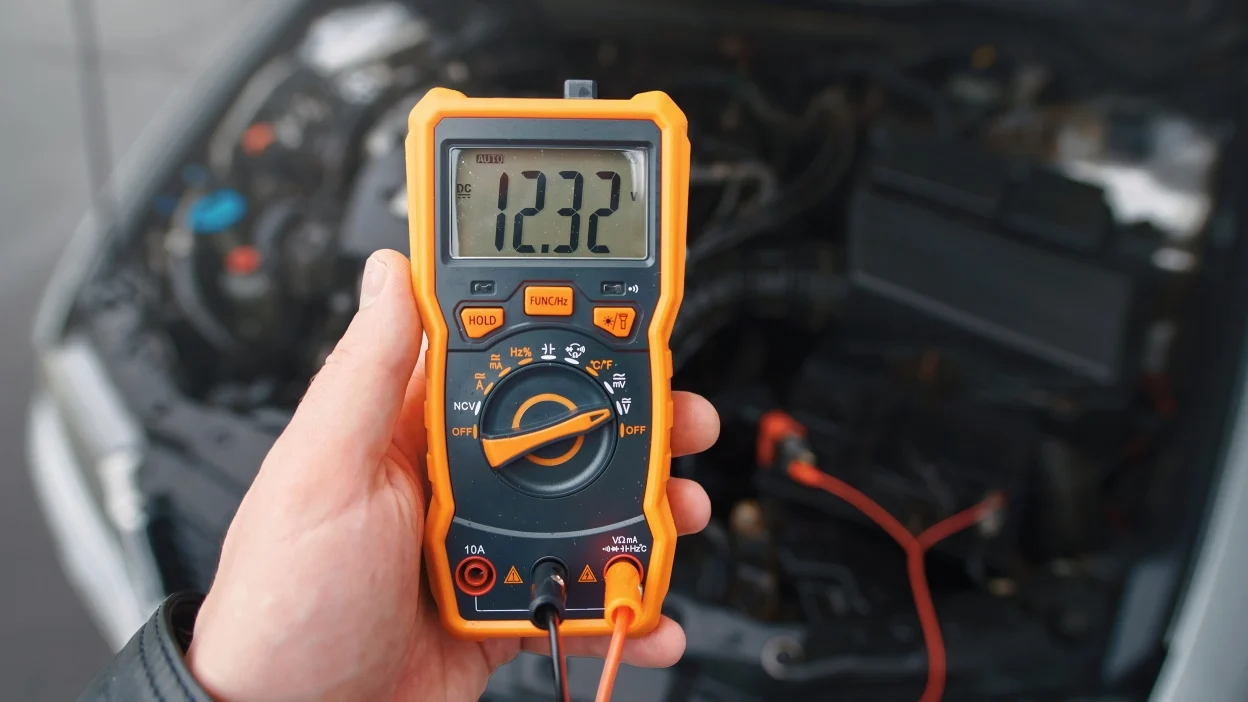The serpentine belt is a critical component in your vehicle, powering essential systems like the alternator, power steering, and air conditioning. If you’ve noticed squealing noises or difficulty steering, it may be time to learn how to change a car’s serpentine belt. This guide will walk you through the process step by step, ensuring you can tackle the job with confidence.
Table of Contents
What Is a Serpentine Belt and Why Does It Matter?
Before diving into how to change a car’s serpentine belt, let’s understand its role. The serpentine belt is a long, continuous belt that connects multiple engine components. Unlike older systems that used multiple V-belts, the serpentine belt simplifies maintenance by operating as a single unit.
Over time, the belt can crack, fray, or stretch, leading to potential system failures. Regular inspection and timely replacement are crucial to avoid costly repairs.
Signs Your Serpentine Belt Needs Replacement
Knowing how to change a car’s serpentine belt starts with recognizing the signs of wear:
- Squealing or Chirping Noises – These sounds often indicate a worn or slipping belt.
- Visible Damage – Cracks, fraying, or glazing on the belt surface are red flags.
- Engine Overheating – A failing belt may stop driving the water pump, causing the engine to overheat.
- Loss of Power Steering – A broken belt can lead to steering difficulties.
Tools You’ll Need
To master how to change a car’s serpentine belt, gather the following tools:
- A serpentine belt tool or a socket wrench
- A new serpentine belt (specific to your vehicle model)
- A diagram of the belt routing (check your owner’s manual)
- Safety gloves and eye protection
Step-by-Step Guide on How to Change a Car’s Serpentine Belt
1. Prepare Your Vehicle
- Park the car on a flat surface and engage the parking brake.
- Disconnect the battery to prevent accidental electrical contact.
2. Locate the Serpentine Belt
Open the hood and locate the serpentine belt. Refer to your vehicle’s manual for the exact location and routing diagram. This step is crucial for understanding how to change a car’s serpentine belt correctly.
3. Relieve Tension
Use a serpentine belt tool or socket wrench to rotate the tensioner pulley, relieving tension on the belt. This allows you to slide the belt off the pulleys.
4. Remove the Old Belt
Carefully remove the old serpentine belt, taking note of its routing path. Use the diagram as a reference if needed.
5. Install the New Belt
Position the new belt according to the diagram. Ensure it fits snugly over each pulley. Adjust the tensioner to secure the belt in place.
6. Inspect Your Work
Double-check the belt’s alignment and tension. A misaligned belt can cause further damage.
7. Reconnect the Battery and Test
Reconnect the battery and start the engine. Listen for any unusual noises and observe the belt’s movement to confirm proper installation.

Tips for Success
- Always refer to your vehicle’s manual for the specific belt size and routing instructions.
- If you’re unsure about how to change a car’s serpentine belt, consider watching video tutorials or consulting a mechanic.
- Inspect the tensioner and pulleys while replacing the belt; they may need maintenance too.
How Often Should You Replace a Serpentine Belt?
The lifespan of a serpentine belt varies by vehicle, typically lasting between 50,000 and 100,000 miles. Regular inspections during oil changes can help you catch wear early. Knowing how to change a car’s serpentine belt can save you time and money when the need arises.
Conclusion
Learning how to change a car’s serpentine belt is an essential skill for any vehicle owner. With the right tools and knowledge, you can prevent unexpected breakdowns and keep your car running smoothly. By following this guide, you’ll be able to replace the serpentine belt efficiently and confidently.
Don’t wait for signs of failure—inspect your belt regularly and replace it as needed. Bookmark this guide for your next DIY maintenance project!
Related Post:
Replacing a serpentine belt is just one aspect of essential engine maintenance. If you’re also looking to tackle a timing belt replacement, check out our step-by-step guide on How to Replace a Timing Belt in a Car. Proper care of these components ensures your vehicle’s engine runs smoothly and efficiently.





Leave a Reply